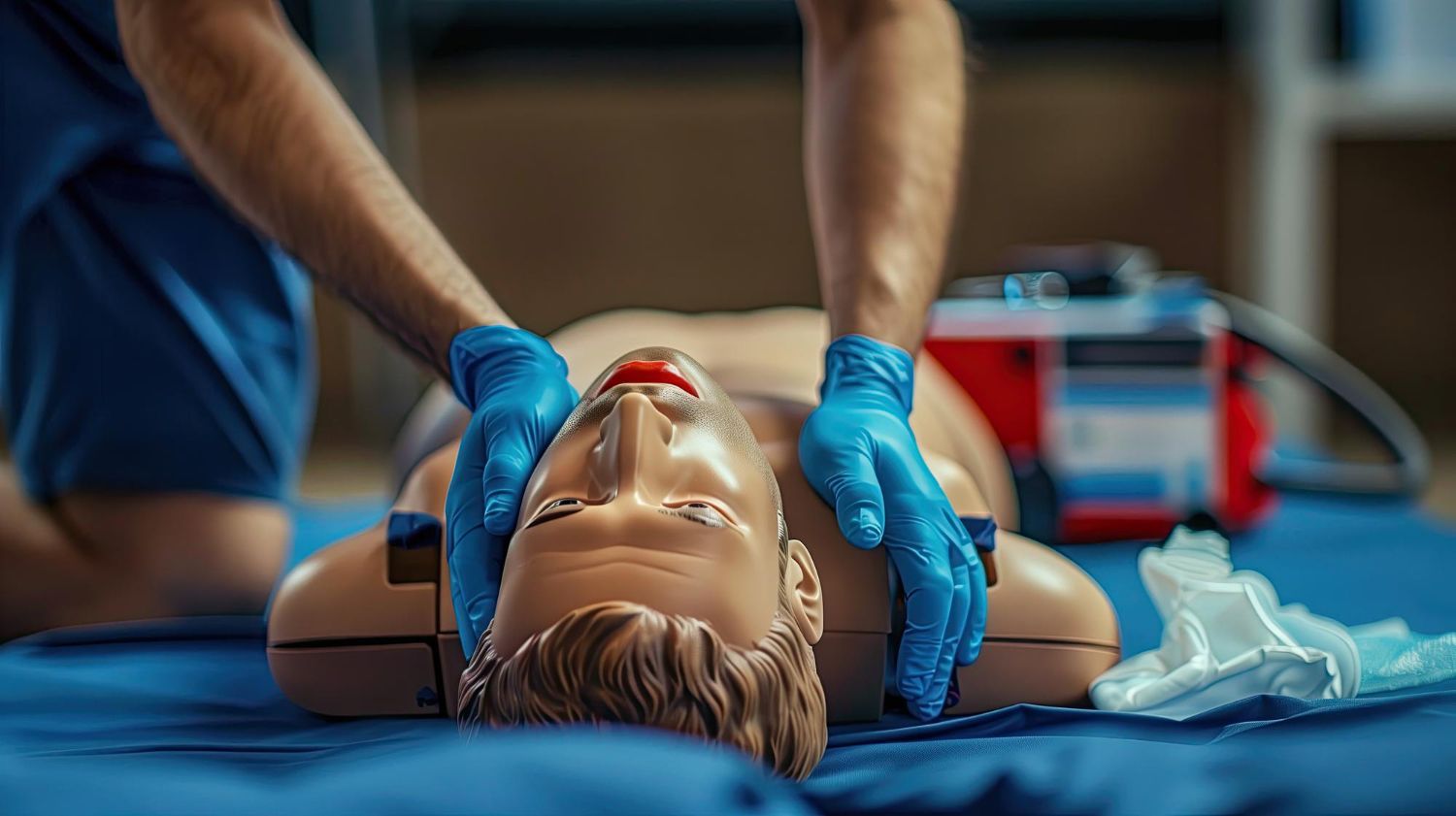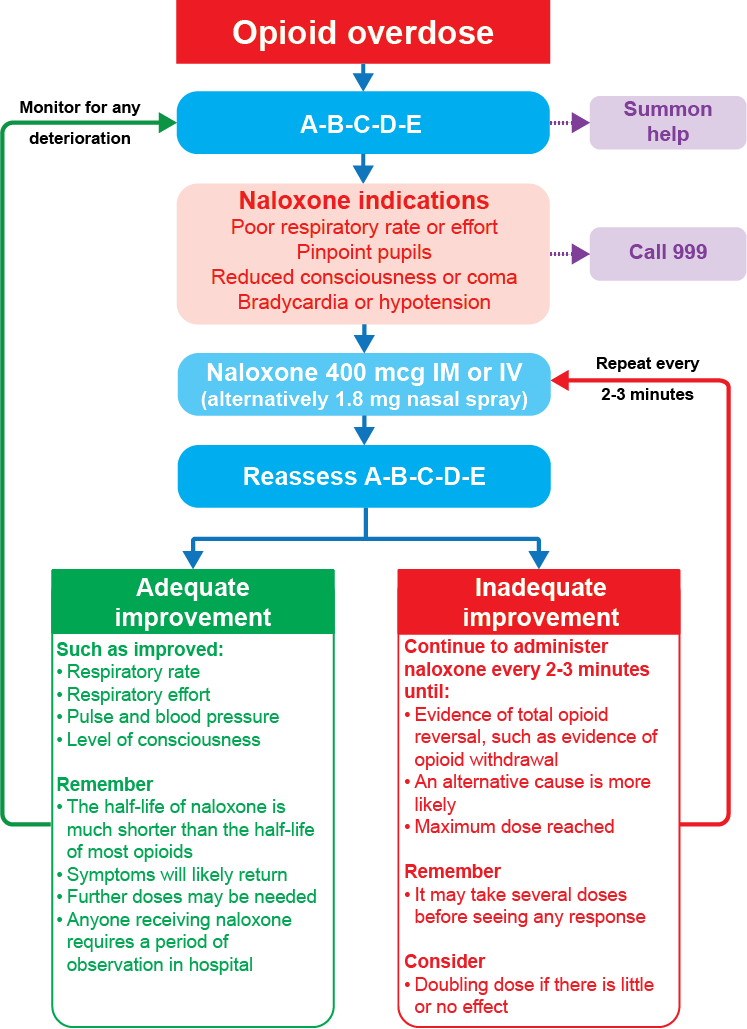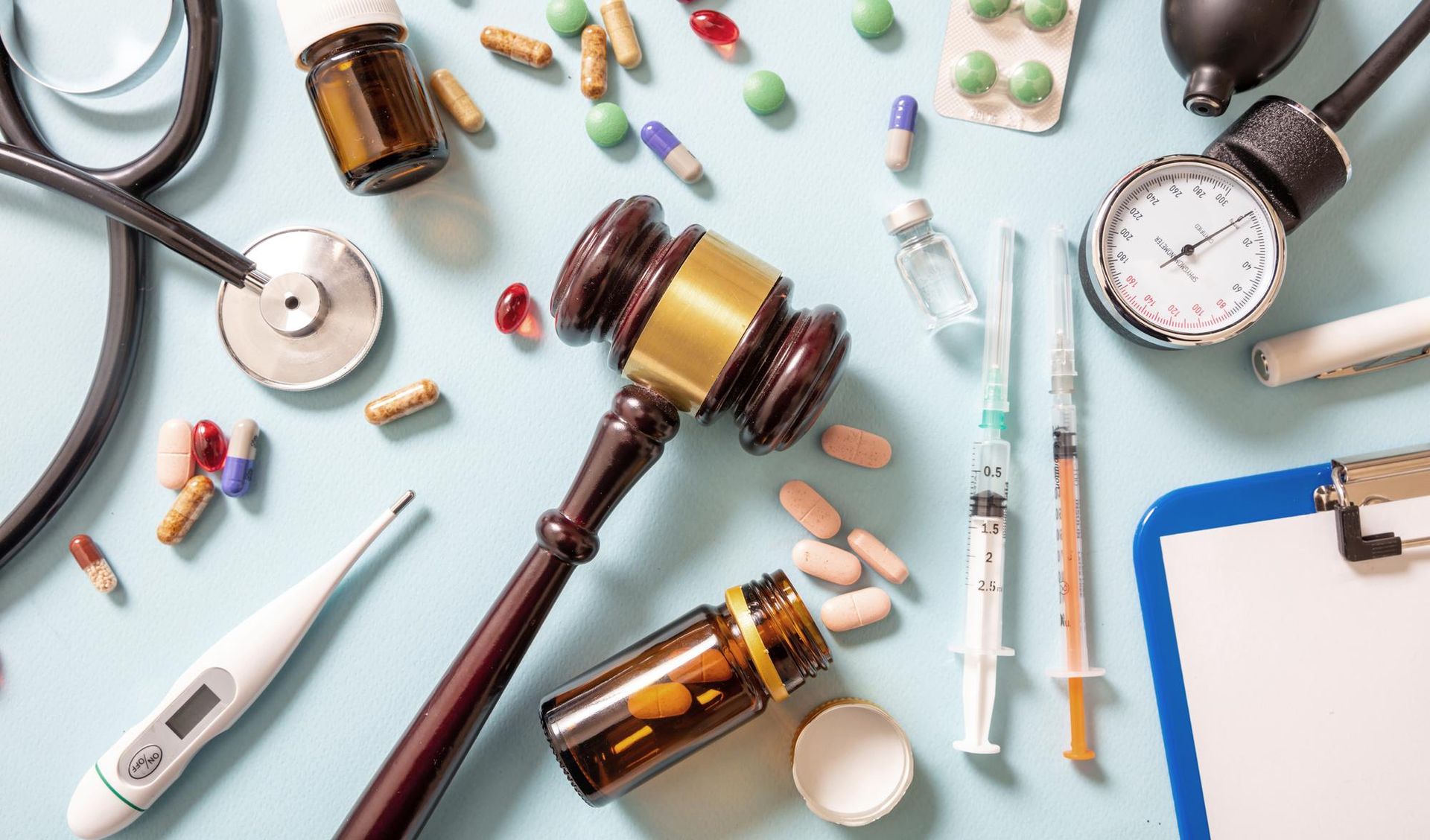International Overdose Awareness Day: Responding Effectively in Forensic Settings
Ensuring high-quality care in challenging circumstances

As healthcare professionals working in forensic settings such as police custody suites and sexual assault referral centres, we are often exposed to high incidences of drug overdoses. On International Overdose Awareness Day, it’s essential to highlight the critical role we play in responding to these life-threatening situations with precision, care, and systematic approaches.
The Reality of Overdoses in Forensic Settings
While we are often presented with cases involving sedatives like diazepam or opioids like heroin, it’s vital to avoid biases and consider alternative causes of unconsciousness. Each patient’s life depends on our ability to respond effectively, regardless of the substance involved.
The A-B-C-D-E Approach: A Systematic Method for Managing Emergencies
In these high-pressure environments, the A-B-C-D-E approach (Airway, Breathing, Circulation, Disability, Exposure) is an essential framework. It allows healthcare professionals to quickly assess and manage emergencies, prioritizing care and enabling timely interventions.
Airway
Always address the airway first. For someone unresponsive or making snoring noises, immediate intervention is required. Begin with basic maneuvers like jaw thrust or head-tilt-chin-lift, progressing to adjuncts such as the nasopharyngeal (NPA) or oropharyngeal (OPA) airway if needed. In deeply unconscious individuals, an i-gel may be the most definitive airway device available in custody.
Breathing
Once the airway is secure, assess and manage breathing. Apply oxygen as needed, using a simple facemask or high-concentration facemask, and ventilate with a bag-mask if the patient is in critical hypoxia or respiratory arrest.
Circulation
With breathing optimised, move to circulation. Assess for signs of shock or hypovolemia and manage accordingly.
Disability
Assess the patient’s neurological status. If the patient is unconscious, place them in the recovery position and consider interventions such as correcting hypoglycemia or administering naloxone in cases of suspected opioid overdose.

(Figure taken from Police Custody Healthcare for Nurses and Paramedics, available to pre-order now and set to be published in December 2024, RRP £59.99 but 40% off with code PCH40 when purchased direct through Wiley)
Exposure
Finally, assess and manage exposure, ensuring the patient is kept warm and their dignity is maintained.
Avoiding Biases: Consider All Possibilities
In forensic healthcare settings, it's crucial to maintain an open mind when assessing unconscious patients. While certain substances may be common in overdoses, each case must be approached without assumptions to ensure all potential causes are considered.
Conclusion
International Overdose Awareness Day is a reminder of the vital role we play in responding to overdoses in forensic settings. By adhering to the A-B-C-D-E approach and maintaining an unbiased perspective, we can deliver the high-quality care that every patient deserves, even in the most challenging circumstances.
For more detailed guidance on managing overdoses and other emergencies in police custody, we highly recommend Police Custody Healthcare for Nurses and Paramedics, available to pre-order now and set to be published in December 2024, RRP £59.99 but 40% off with code PCH40 when purchased direct through Wiley. This essential resource provides comprehensive insights and practical advice tailored specifically for healthcare professionals in forensic settings.
#OverdoseAwarenessDay #ForensicHealthcare #ABCDEApproach #UKAFNP









